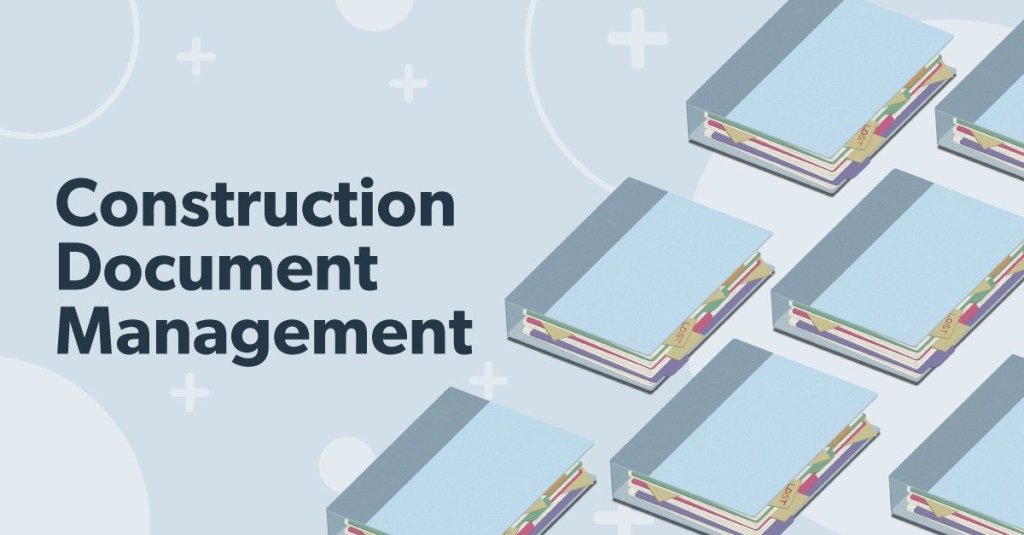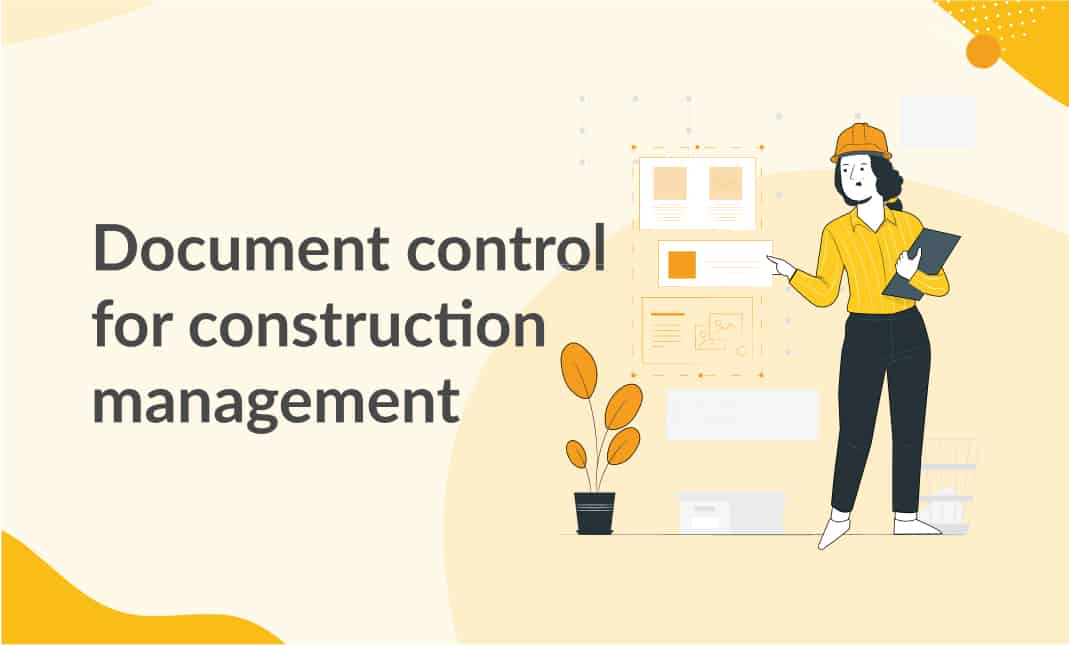Browsing Complexity: Just How Construction Document Management Software Program Can Assist
Browsing Complexity: Just How Construction Document Management Software Program Can Assist
Blog Article
Optimizing Task Cooperation: Architect's Ideal Practices in Building Paper Administration
In the complex realm of building tasks, the reliable management of building records stands as a keystone for success. Amidst this complexity lies a vital concern: just how can designers simplify cooperation procedures to boost job end results?
Leveraging Cloud-Based Platforms
Leveraging cloud-based systems is a fundamental method for contemporary architects in maximizing building and construction record management procedures. By transitioning from traditional paper-based systems to cloud remedies, architects can enhance partnership, enhance file ease of access, and boost general task performance. Cloud-based systems provide architects the capability to store, share, and update building records in real-time, making sure that all group members have access to the most present details despite their area. This access advertises smooth interaction and sychronisation amongst job stakeholders, bring about fewer errors and delays in the construction procedure.
Additionally, cloud-based platforms supply a safe setting for saving sensitive job details, supplying security, regular backups, and customer authorization setups to shield data stability. Engineers can additionally gain from the scalability of cloud options, enabling them to adjust storage capability and functionality based on project requirements. Overall, leveraging cloud-based platforms equips engineers to enhance their construction document administration procedures, driving greater cooperation, efficiency, and success in their tasks.
Executing Variation Control Systems
Having established the benefits of cloud-based systems in construction document monitoring, engineers can currently boost their file control processes by implementing Version Control Systems. Variation Control Equipment (VCS) are vital tools that track adjustments in documents, guaranteeing that staff member are always collaborating with the most up to date and most precise information. By carrying out VCS, designers can preserve a central database where all task files are saved, making it possible for smooth cooperation while lessening the risk of mistakes and version disputes.
This function is especially important in construction tasks where style models and alterations are common. This transparency not just improves liability yet also helps in dealing with disagreements or disparities that may occur throughout the job lifecycle.
Developing Interaction Procedures
To make certain reliable and effective task sychronisation, engineers must develop clear and robust communication procedures within their building paper management procedures. This platform can be a task management software application, email threads, or cloud-based storage options.
In addition, interaction methods need to additionally include standards on how to manage conflicts, adjustment orders, and immediate problems that may emerge throughout the job lifecycle. Developing a structured approach to communication makes certain that all stakeholders are on the same page, promotes openness, and ultimately adds to the successful completion of the building and construction job.
Making Use Of BIM Software Program for Coordination
BIM software plays a crucial function in improving coordination amongst project employee in the building and construction industry. Structure Information Modeling (BIM) facilitates collaboration by supplying a central platform why not look here where engineers, designers, contractors, and other stakeholders can collaborate in a worked with fashion. With BIM software program, task individuals can access and update a common version which contains comprehensive details regarding the structure design, building elements, and project schedules.

Furthermore, BIM software program allows real-time partnership and communication among team participants, no matter their physical place. With cloud-based BIM platforms, project stakeholders can access the current task info, track changes, and make informed decisions promptly. On the whole, leveraging BIM software for sychronisation improves project performance, efficiency, and eventually results in effective project results.
Ensuring Data Security and Conformity
In the world of construction document administration, securing information integrity and ensuring regulative compliance are critical considerations for designers and other project stakeholders. Designers must execute durable protection procedures to safeguard delicate job information from unapproved gain access to or violations.

Verdict
Finally, architects can enhance job cooperation in construction record monitoring by leveraging cloud-based systems, applying version control systems, establishing interaction procedures, using BIM software for sychronisation, and making sure data safety and conformity. These finest practices help improve the building and construction process, enhance communication among task stakeholders, and enhance effectiveness in job shipment. By complying with these standards, designers can efficiently take care of construction papers and assist in effective job outcomes.
With BIM software application, task participants can access and update a shared design that contains comprehensive information regarding the building style, building and construction components, and task schedules.
With cloud-based BIM systems, project stakeholders can access the most recent job information, track modifications, and make informed decisions quickly - construction document management. Overall, leveraging BIM software application for coordination boosts task performance, efficiency, and eventually leads to successful job results
In verdict, engineers can enhance task collaboration in construction record monitoring by leveraging cloud-based platforms, implementing version control systems, developing interaction procedures, utilizing BIM software program for coordination, and ensuring data protection and compliance. These finest techniques aid streamline the construction procedure, boost interaction amongst job stakeholders, and enhance effectiveness in project delivery.
Report this page